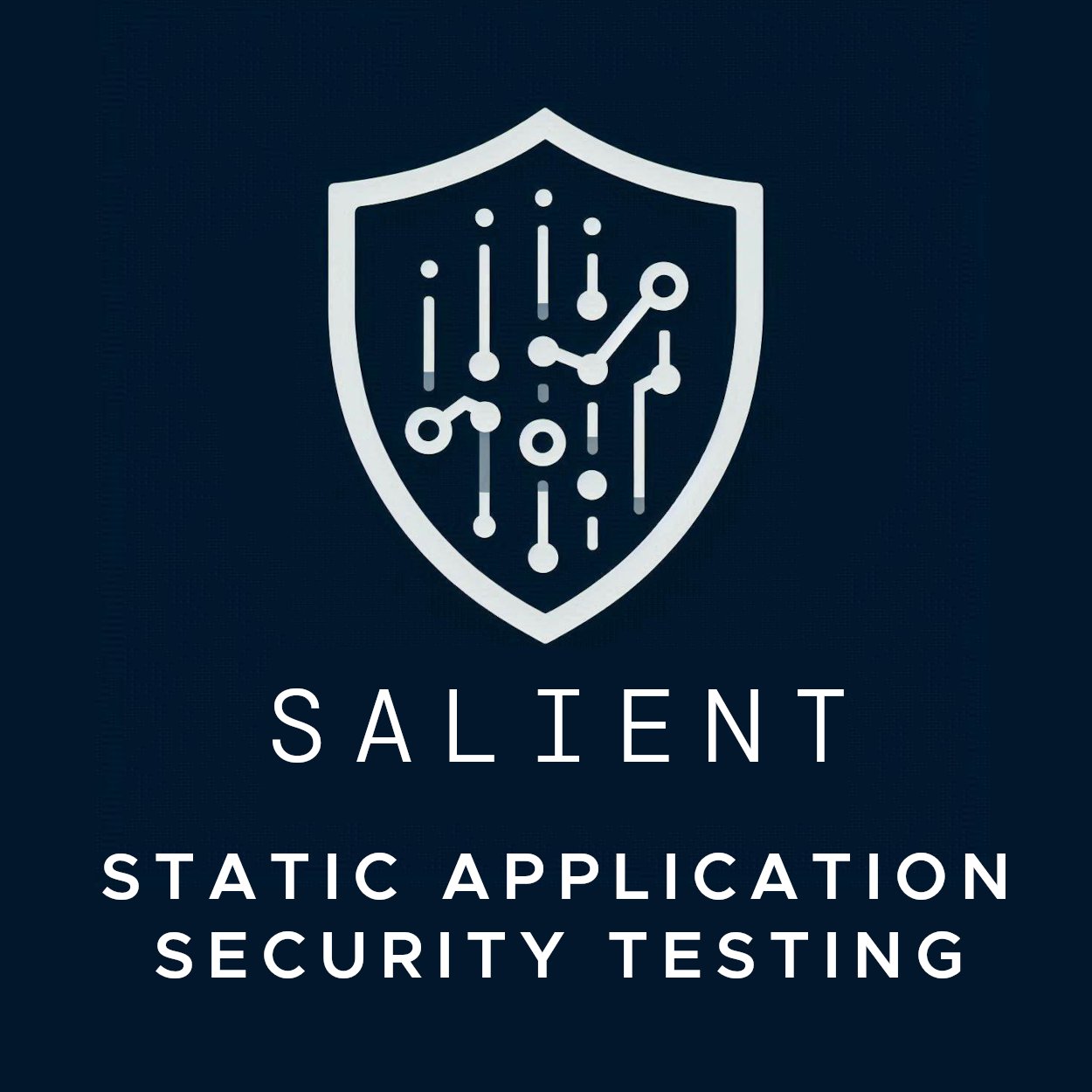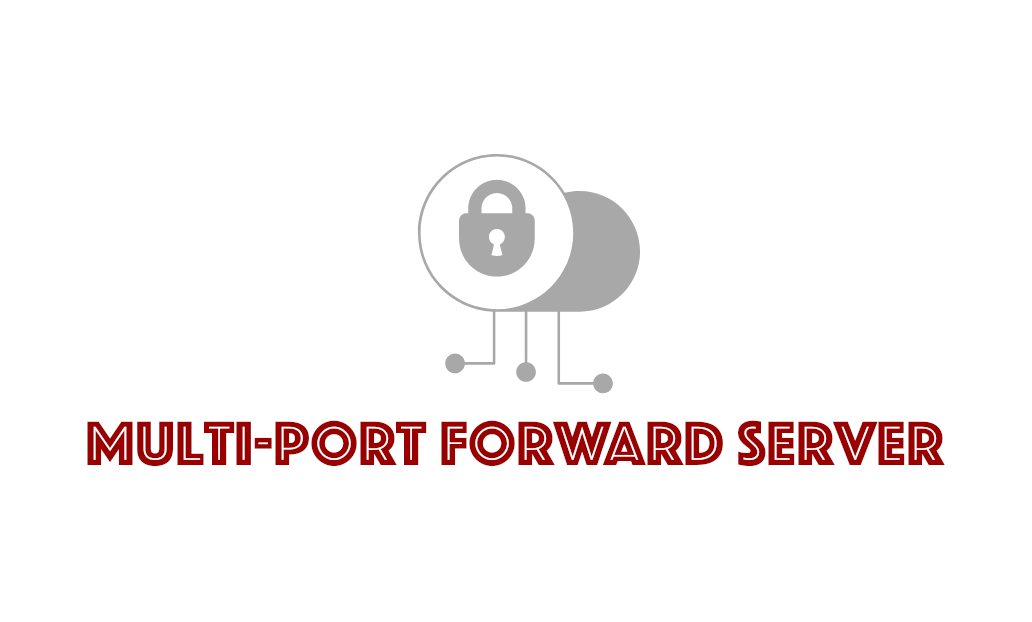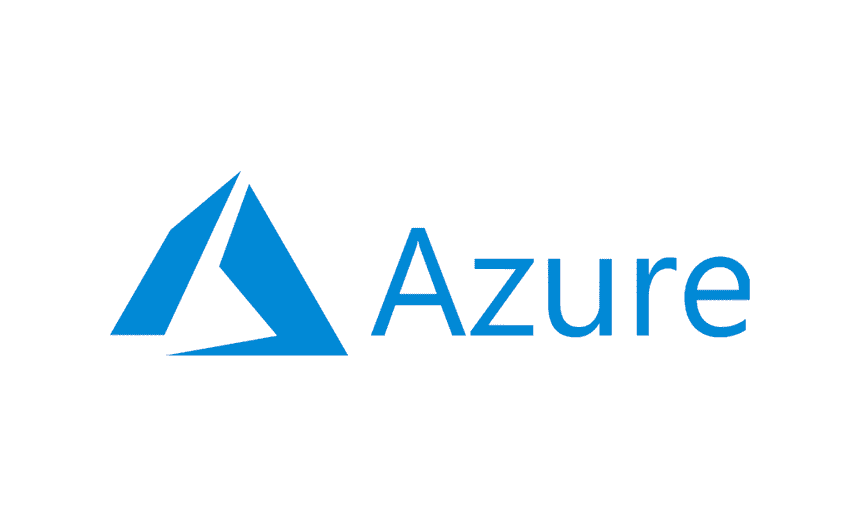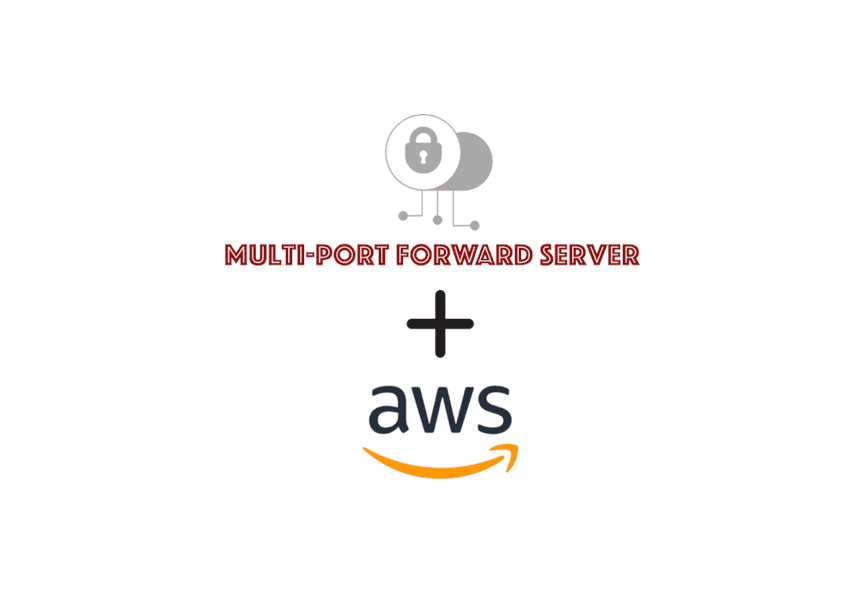
Easy Static Application Security Testing with Salient
This guide explains how to deploy and configure the Salient SAST appliance in AWS. This appliance polls Github for new code pushes and scans all new code on a per-push basis. This means vulnerabilities are only reported for new code pushed.








